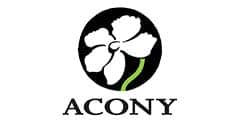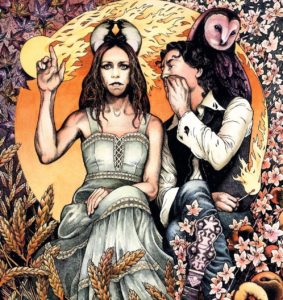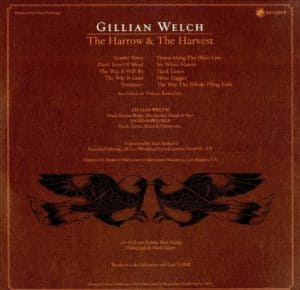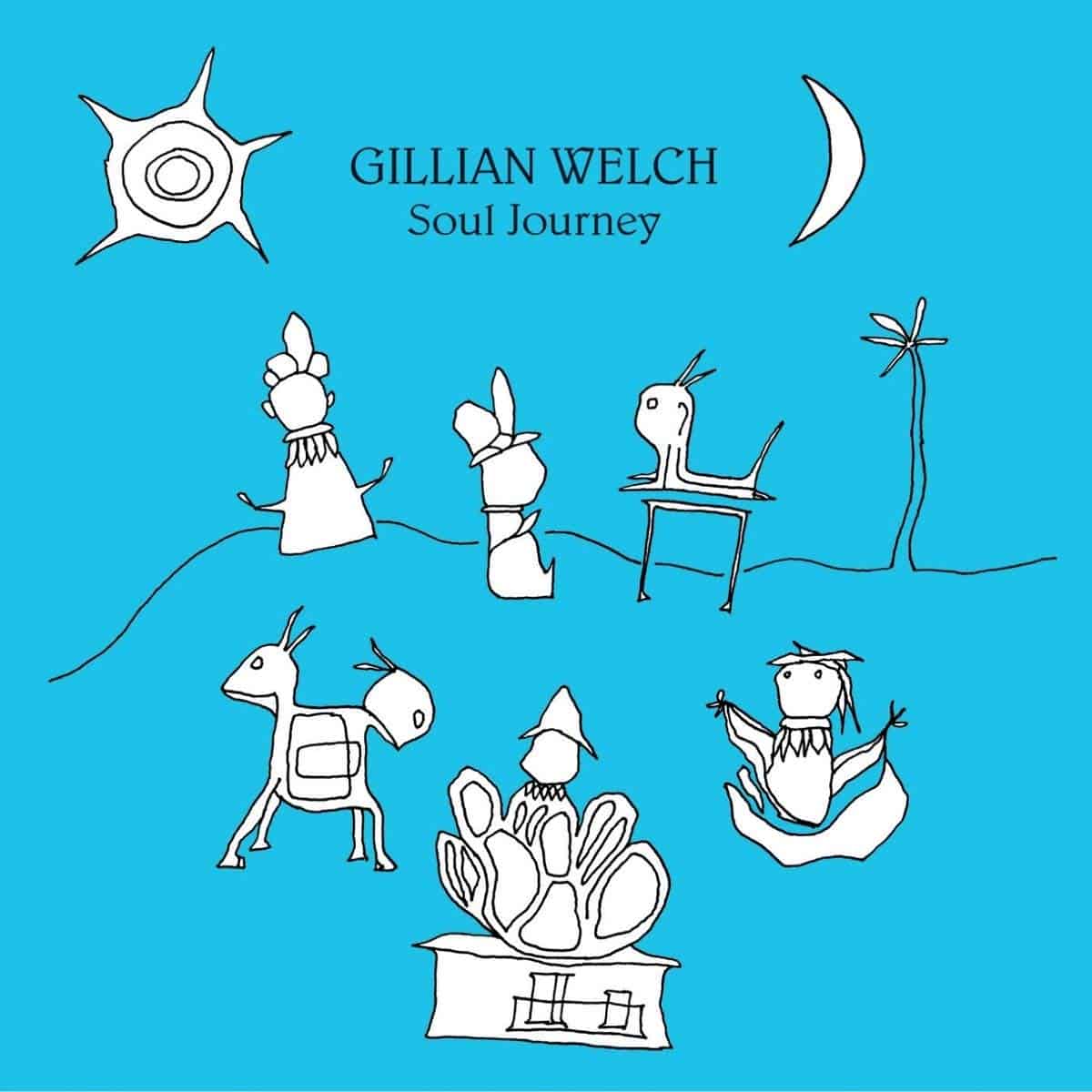Marketplace
2017 Acony Records PRESSING
- RPM 33 ⅓
- Audio Stereo
- Catalog Number ACNY-1109LP
- Release Year 2017
- Vinyl Mastering Engineer Stephen Marcussen
- Jacket Style Single
- 100% Analog Mastering Yes
- Original Release Year 2012
When listening to this album I think of this band or music:
The Harrow and the Harvest sounds like the product of Jimmie Rodgers, Ralph Stanley, and Bob Dylan.
I would listen to this album while:
I would listen to this record while watching a slowly falling December snow.
Music from this album would be a great soundtrack to this movie:
This would be ideal music for No Country for Old Men.
It’s hard to think of an Americana album made during the last 25 years that accomplishes more with two instruments and two voices than The Harrow and the Harvest. The spare production makes this high wire act all the more impressive since there is literally no place for substandard songwriting to hide. The Appalachian harmonies, Merle Travis-style picking, Mother Maybell Carter-inspired rhythms, and tightly woven brother-and-sister harmonies combine to make the work a subtle and surprising force.
Welch and her musical partner, Dave Rawlings, originally released The Harrow and the Harvesting in 2011—eight years after their successful album Soul Journey. They say the long gestation period resulted from rejecting lesser songs and ideas. Once the songwriting began to gel, most of the tracks were recorded directly to analog tape in first or second takes. The use of tube-driven microphones gives the recording a pleasing warmth that never sacrifices the interweaving of Welch’s vintage Gibson guitar and Rawlings’ famous Epiphone Olympic Archtop. Whether on the wry resignation of “That’s the Way It Goes” or the high-and-lonesome sadness of “Hard Times,” the duo sustains a remarkable level of low-boil intensity.
According to the Welch and Rawlings, the decision to release a bespoke vinyl version came about after hearing an early pressing of Van Morrison’s Astral Weeks and their being stunned by how much better it sounded compared to their CD copy. The tandem asked Stephen Marcussen to remaster the recording for vinyl, bought a custom lathe, and cut their own lacquers. The result is an LP whose sonics are now as transparent and organic as the material deserves. The Harrow and the Harvest ranks as one of the most relaxed and natural recordings I’ve heard. The gatefold tip-on album cover art— designed by John Dyer Baizley—features vibrant colors and textures that complement the program material. My review copy is flat but does not have quite the jet-black backgrounds of the very best pressings.
The Harrow And The Harvest



 4.5
4.5
